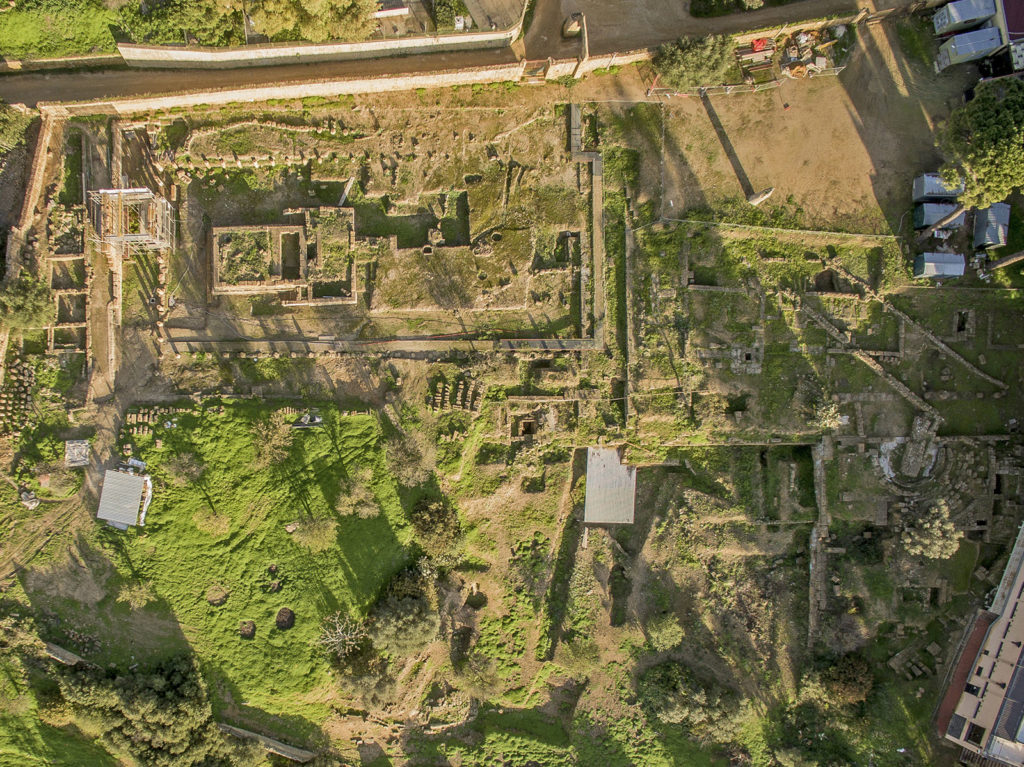The best known and best preserved sacred buildings in the archaeological park are the
iconic temples
that the Rhodium-Cretan settlers of Gela built on the slope of the southern hill of Akragas.
As it was for the Greeks, religion was a fundamental part of daily life for the Romans, and the faith of the citizens of Agrigentum found its image in the construction of an important sanctuary – known as the Hellenistic-Roman Sanctuary, a monumental complex located at the northern end of the forum.
And like that of the forum, the construction of the sanctuary presumably began in the 1st century BC and was abruptly interrupted, before resuming in the reign of Tiberius.
The first building in the area was a small temple on a podium located in a large square, with access via a front staircase.
In the second phase of construction, the entrance was developed into two lateral staircases, and on three sides of the square lavishly decorated porticoes were built, supported by
Doric
, columns interspersed with elegant
marble statues
.
The southern side of the square, where the aforementioned porticoes were interrupted, instead had a false portico of pillars with the entrance
propylaea
in the middle.
 In late antiquity the sacred complex was abandoned and the area was used for a wide variety of reasons, from landfill to space for agricultural and production activities.
In late antiquity the sacred complex was abandoned and the area was used for a wide variety of reasons, from landfill to space for agricultural and production activities.